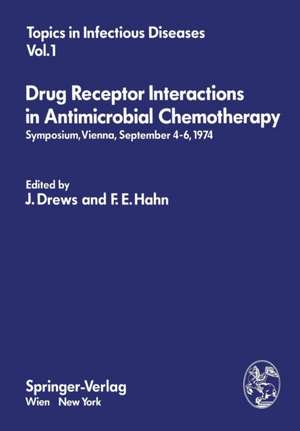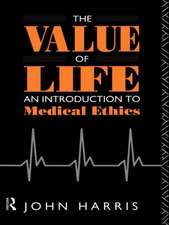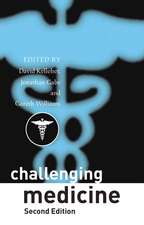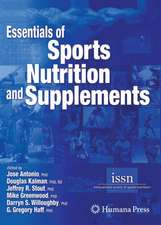Drug Receptor Interactions in Antimicrobial Chemotherapy: Symposium, Vienna, September 4–6, 1974: Topics in Infectious Diseases, cartea 1
Editat de J. Drews, F. E. Hahnen Limba Engleză Paperback – 7 ian 2012
Preț: 372.76 lei
Preț vechi: 392.37 lei
-5% Nou
Puncte Express: 559
Preț estimativ în valută:
71.33€ • 74.66$ • 59.37£
71.33€ • 74.66$ • 59.37£
Carte tipărită la comandă
Livrare economică 31 martie-14 aprilie
Preluare comenzi: 021 569.72.76
Specificații
ISBN-13: 9783709184073
ISBN-10: 370918407X
Pagini: 314
Ilustrații: VIII, 314 p.
Dimensiuni: 170 x 244 x 20 mm
Greutate: 0.52 kg
Ediția:Softcover reprint of the original 1st ed. 1975
Editura: SPRINGER VIENNA
Colecția Springer
Seria Topics in Infectious Diseases
Locul publicării:Vienna, Austria
ISBN-10: 370918407X
Pagini: 314
Ilustrații: VIII, 314 p.
Dimensiuni: 170 x 244 x 20 mm
Greutate: 0.52 kg
Ediția:Softcover reprint of the original 1st ed. 1975
Editura: SPRINGER VIENNA
Colecția Springer
Seria Topics in Infectious Diseases
Locul publicării:Vienna, Austria
Public țintă
ResearchCuprins
I. Receptor Hypothesis.- Structure-Activity Rules and the Receptor Hypothesis.- Strategy of Drug-Design.- Physicochemical Factors in Drug-Receptor Interactions Demonstrated on the Example of the Sulfanilamides.- Quantitative Structure-Activity Relationships in Drug-Design.- II. DNA as a Drug-Receptor.- The Ecological Significance of R Factor Activity.- Structural Constraints in the Binding of Drugs to DNA.- Molecular Aspects of the Biosynthesis of R Factor DNA.- Elimination of Plasmidic Determinants by DNA-Complexing Compounds.- III. Ribosomes as Drug-Receptors.- Antibiotic Receptor-Sites in Escherichia coli Ribosomes.- Altered Methylation of Ribosomal RNA in Erythromycin-Resistant Staphylococcus Aureus.- Binding of Tetracyclines and Other Antibiotics to Ribosomes.- Ribosomal Effects of Thiostrepton and Related Antibiotics.- Studies on Active Sites of Ribosomes with Haloacetylated Antibiotic Analogs.- IV. The Mode of Action of Chloramphenicol.- Antibiotic Action on the Ribosomal Peptidyl Transferase Centre.- Experiments on the Binding Sites and the Action of Some Antibiotics which Inhibit Ribosomal Functions.- The Mode of Action of Pleuromutilin as Compared to Chloramphenicol.- A Structural Model of the Chloramphenicol Receptor Site.- V. Microbial Enzyme as Drug-Receptors.- Spin-Labelled Intermediates as Targets of Antibiotic Action in Peptidoglycan Synthesis.- Enzyme Inhibitors as Antimicrobial Agents.- Molecular Mechanism of Action of Rifamycins.- List of Participants.- List of Authors.

















